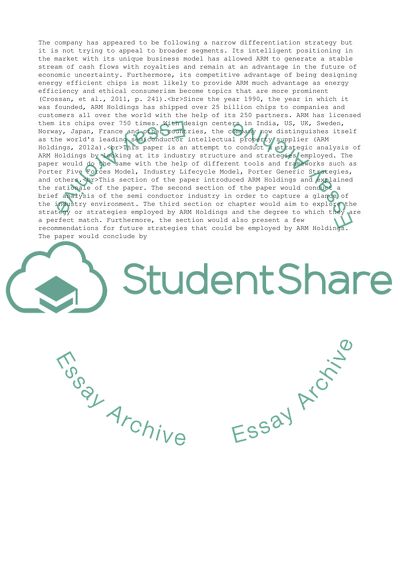Cite this document
(A research on case study of ARM Holding's Essay, n.d.)
A research on case study of ARM Holding's Essay. https://studentshare.org/management/1766881-a-research-on-case-study-of-arm-holdings
A research on case study of ARM Holding's Essay. https://studentshare.org/management/1766881-a-research-on-case-study-of-arm-holdings
(A Research on Case Study of ARM Holding'S Essay)
A Research on Case Study of ARM Holding'S Essay. https://studentshare.org/management/1766881-a-research-on-case-study-of-arm-holdings.
A Research on Case Study of ARM Holding'S Essay. https://studentshare.org/management/1766881-a-research-on-case-study-of-arm-holdings.
“A Research on Case Study of ARM Holding'S Essay”. https://studentshare.org/management/1766881-a-research-on-case-study-of-arm-holdings.


